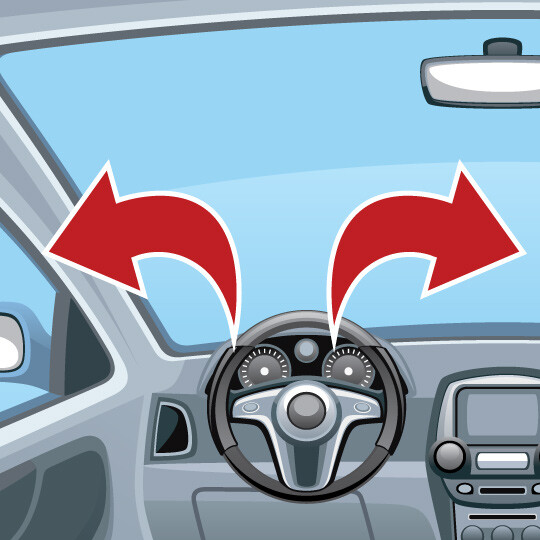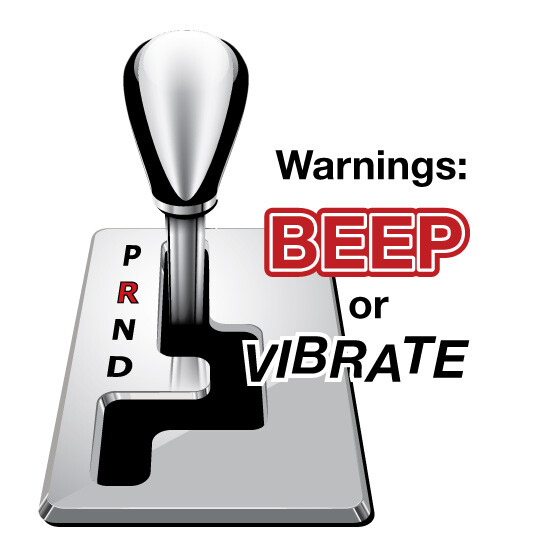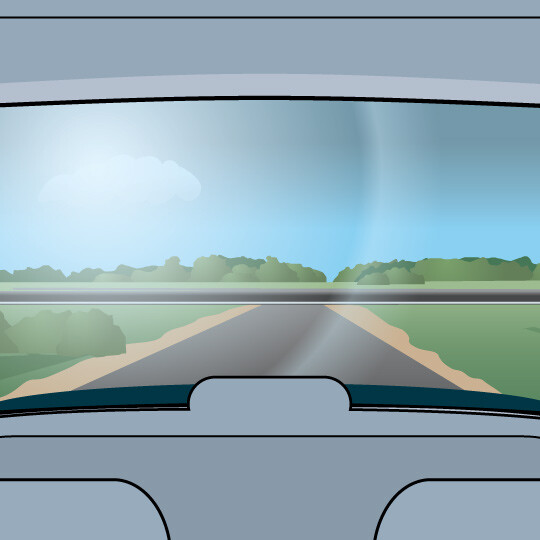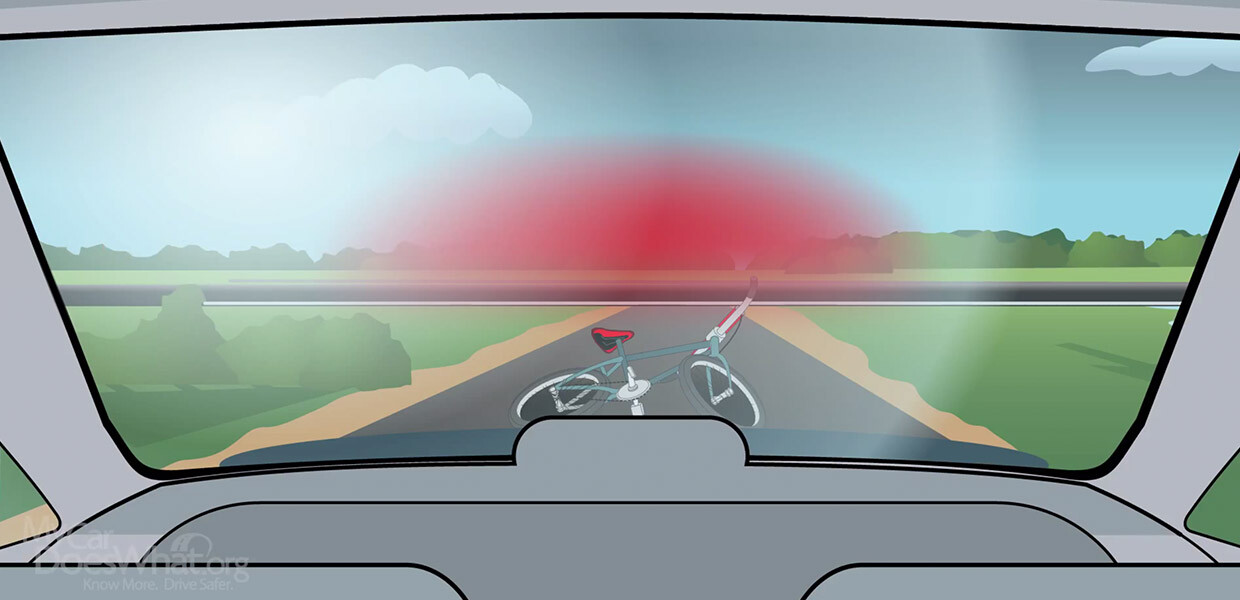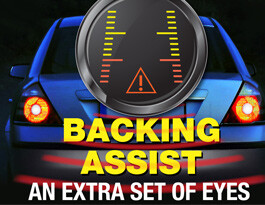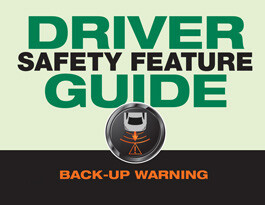Back-up Warning
Alerts you of objects behind your car as you back out of spaces like driveways or parking spots.
What It Does: Uses rear sensors to scan for objects behind your car and alerts you if one is detected.
What It Does Not Do: Will NOT always detect moving objects.


